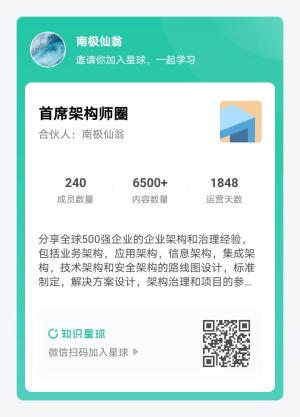Chinese, Simplified
category
Apache AGE is a PostgreSQL extension that provides graph database functionality. The goal of the Apache AGE project is to create single storage that can handle both relational and graph model data so that users can use standard ANSI SQL along with openCypher, the Graph query language. This repository hosts the development of the Python driver for this Apache extension (currently in Incubator status). Thanks for checking it out.
Apache AGE is:
- Powerful -- AGE adds graph database support to the already popular PostgreSQL database: PostgreSQL is used by organizations including Apple, Spotify, and NASA.
- Flexible -- AGE allows you to perform openCypher queries, which make complex queries much easier to write.
- Intelligent -- AGE allows you to perform graph queries that are the basis for many next level web services such as fraud & intrustion detection, master data management, product recommendations, identity and relationship management, experience personalization, knowledge management and more.
Features
- Shortest Path implemented using dijkstra algorithm
- Used Apache AGE graph database
Installation
Requirements
- Python 3.9 or higher
- This module runs on psycopg2 and antlr4-python3
sudo apt-get update
sudo apt-get install python3-dev libpq-dev
pip install --no-binary :all: psycopg2
Install via PIP
pip install apache-age-dijkstra
pip install antlr4-python3-runtime==4.9.3
Build from Source
git clone https://github.com/Munmud/apache-age-dijkstra
cd apache-age-python
python setup.py install
View Samples
Instruction
Import
from age_dijkstra import Age_Dijkstra
Making connection to postgresql (when using this docker reepository)
con = Age_Dijkstra()
con.connect(
host="localhost", # default is "172.17.0.2"
port="5430", # default is "5432"
dbname="postgresDB", # default is "postgres"
user="postgresUser", # default is "postgres"
password="postgresPW", # default is "agens"
printMessage = True # default is False
)
Get all edges
edges = con.get_all_edge()
- structure :
{ v1 : start_vertex, v2 : end_vertex, e : edge_object }
Get all vertices
nodes = []
for x in con.get_all_vertices():
nodes.append(x['property_name'])
Create adjacent matrices using edges
init_graph = {}
for node in nodes:
init_graph[node] = {}
for edge in edges :
v1 = edge['v1']['vertices_property_name']
v2 = edge['v2']['vertices_property_name']
dist = int(edge['e']['edge_property_name'])
init_graph
init_graph[v1][v2] = dist
Initialized Graph
from age_dijkstra import Graph
graph = Graph(nodes, init_graph)
Use dijkstra Algorithm
previous_nodes, shortest_path = Graph.dijkstra_algorithm(graph=graph, start_node="vertices_property_name")
Print shortest Path
Graph.print_shortest_path(previous_nodes, shortest_path, start_node="vertices_property_name", target_node="vertices_property_name")
Create Vertices
con.set_vertices(
graph_name = "graph_name",
label="label_name",
property={"key1" : "val1",}
)
Create Edge
con.set_edge(
graph_name = "graph_name",
label1="label_name1",
prop1={"key1" : "val1",},
label2="label_name2",
prop2={"key1" : "val1",},
edge_label = "Relation_name",
edge_prop = {"relation_property_name":"relation_property_value"}
)
For more information about Apache AGE
- Apache Incubator Age: https://age.apache.org/
- Github: https://github.com/apache/incubator-age
- Documentation: https://age.incubator.apache.org/docs/
- apache-age-dijkstra GitHub: https://github.com/Munmud/apache-age-dijkstra
- apache-age-python GitHub: https://github.com/rhizome-ai/apache-age-python
原文地址
https://pypi.org/project/apache-age-dijkstra/
Tags
Article



